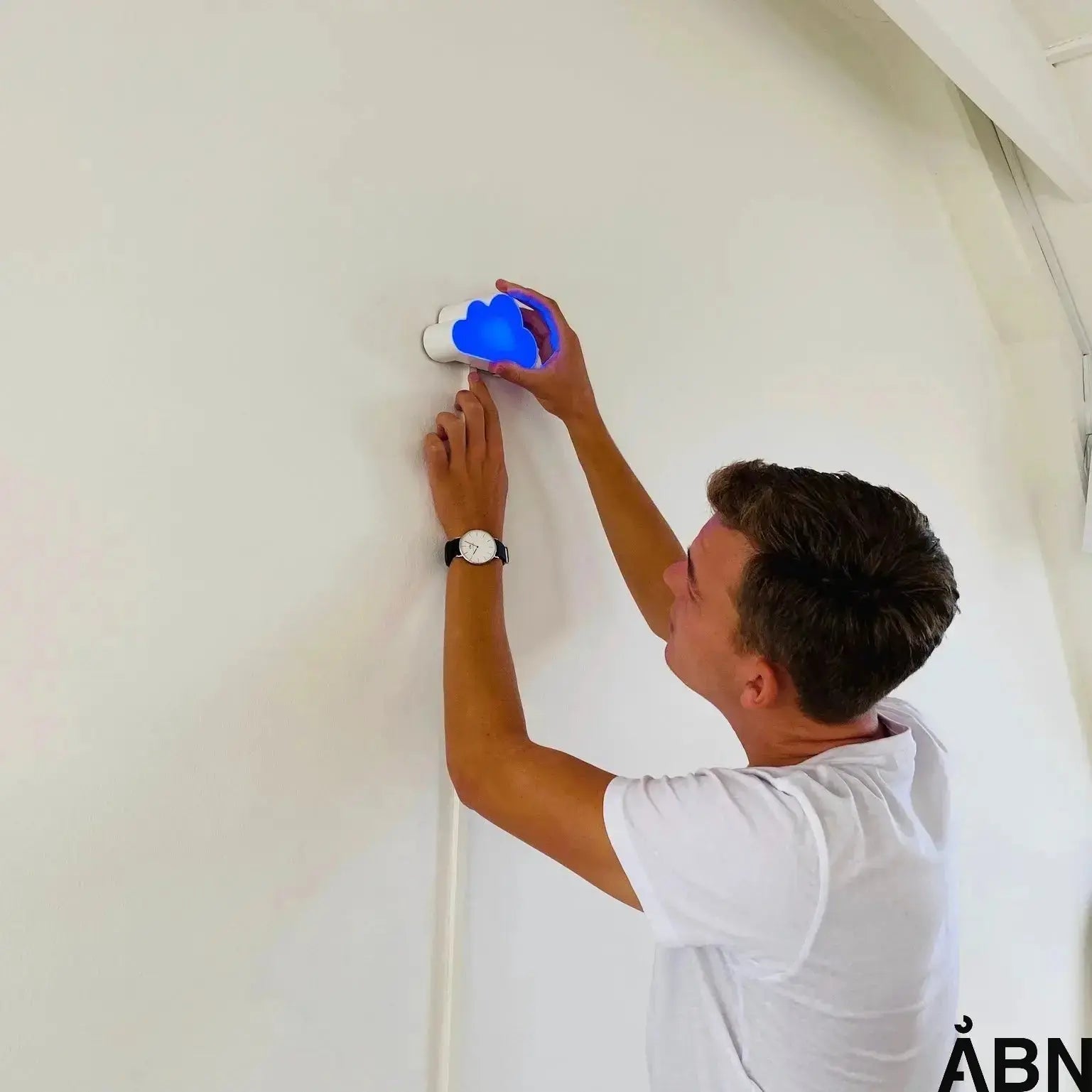Are you ready for the new EU requirements for measuring and controlling indoor air quality?
Imagine walking into a classroom where the air feels heavy and a headache creeps in after the first hour. Or an office where concentration drops as CO₂ levels rise. It's not just uncomfortable – it's harmful to your health. That's why there's increasing focus on measuring and controlling indoor air quality across the EU – and Denmark is no exception.
But are there specific requirements for measuring and controlling indoor climate in the EU? The answer is yes – and they are becoming increasingly relevant for both public and private actors. In this article, we guide you through the most important requirements, what they mean for you, and how you can act on them. Because indoor climate is not just a technical detail – it is the foundation for health, well-being and learning.
Indoor climate: The invisible factor with great importance
The indoor climate is like an invisible guest in our everyday lives. We don't see it, but we feel it – on our bodies, in our minds and in our performance. Poor indoor climate can lead to fatigue, headaches, difficulty concentrating and, in the worst case, long-term health problems. According to the Danish Health Authority , it is estimated that indoor air pollution costs Denmark up to 22,000 healthy life years each year. That's no small thing.
Therefore, it is not surprising that the EU and Denmark have tightened the requirements for how we measure and control the indoor climate – especially in buildings where we spend many hours a day, such as schools, offices and institutions.
What does the legislation say? A framework of EU directives and Danish regulations
There is no single EU directive that dictates exactly how indoor climate should be measured in all buildings. Instead, there is a combination of EU directives, national laws and technical standards that together form a strong framework for measurement and control.
Building regulations and EU directives
In Denmark, the Building Regulations set the requirements for indoor climate in new construction and renovations. The regulations are based, among other things, on EU Directive 2010/31/EU on the energy performance of buildings. This means that buildings must be constructed and renovated so that they support a healthy and safe indoor climate – both in terms of air quality, temperature and humidity.
Workplaces and schools: Special requirements
In workplaces, the Danish Working Environment Authority sets requirements for ventilation, air quality and noise. This is about protecting the health of employees and ensuring a productive working environment. In schools, there is a municipal duty to act if the indoor climate is unsatisfactory – and unfortunately, it often is. Studies show that the CO₂ level in many classrooms exceeds the limit values, and that the noise level is too high.
Therefore, there is a requirement today for continuous measurement and documentation of the indoor climate in schools, including CO₂, temperature, light and noise. It is not enough to install a ventilation system – it must also work in practice and be documented.
What parameters should be measured?
Although there is no single common EU requirement for how indoor climate should be measured, there is broad agreement on which parameters are central:
- CO₂ level: An indicator of air quality and ventilation. High levels affect concentration and well-being.
- Temperature: Comfort and energy consumption are closely related to the temperature in the room.
- Humidity: Too high or low humidity can lead to mold or dry mucous membranes.
- Noise level: Especially important in schools and offices, where noise affects learning and productivity.
- Particles and chemicals: Pollution from building materials and furniture can affect health.
These parameters can be measured both before and after renovation, and they should be monitored continuously to ensure a healthy indoor climate over time.
How can the indoor climate be measured and documented in practice?
This is where technology and data come into play. At ÅBN, we have developed intuitive solutions that make it easy to visualize and understand the indoor climate – almost like a weather forecast for the air indoors. Our sensors measure key parameters such as CO₂, temperature and noise, and present the data in a user-friendly dashboard that can be accessed by technicians, managers and users alike.
It's not just about measuring – it's about acting on the data . That's why we also offer tools for behavior change and documentation , so that children, teachers and employees alike can take ownership of their indoor climate. When you understand what's happening in the air around you, it becomes easier to open the window, adjust the ventilation or change behavior.
Who is responsible?
The short answer: Everyone. But in practice, it is often municipalities, facility managers, school principals and employers who have the formal responsibility for ensuring a healthy indoor climate. Parents and employees also play an important role as attentive partners who can make demands and request documentation.
With the new requirements and expectations from the EU and national authorities, it is no longer enough to hope that the indoor climate is good. It must be measured, documented and improved – continuously.
Indoor climate as part of the green transition
Indoor climate is not just about health – it is also part of the sustainable transition. When we optimize ventilation and temperature control, we reduce energy consumption and CO₂ emissions. It is a win-win for both people and the planet.
The EU's focus on the energy performance of buildings is therefore not only a question of insulation and heat pumps – but also about how we create healthy and efficient indoor climates. This is where ÅBN's solutions make a difference: By combining technology, data and behavioral design, we create a new standard for how we understand and improve the air around us.
How to get started
If you are responsible for a school, an institution or a workplace, now is the time to take a stand: Is your indoor climate documented? Is it measured continuously? And do you have a plan to improve it?
At ÅBN we help with everything from technical documentation









